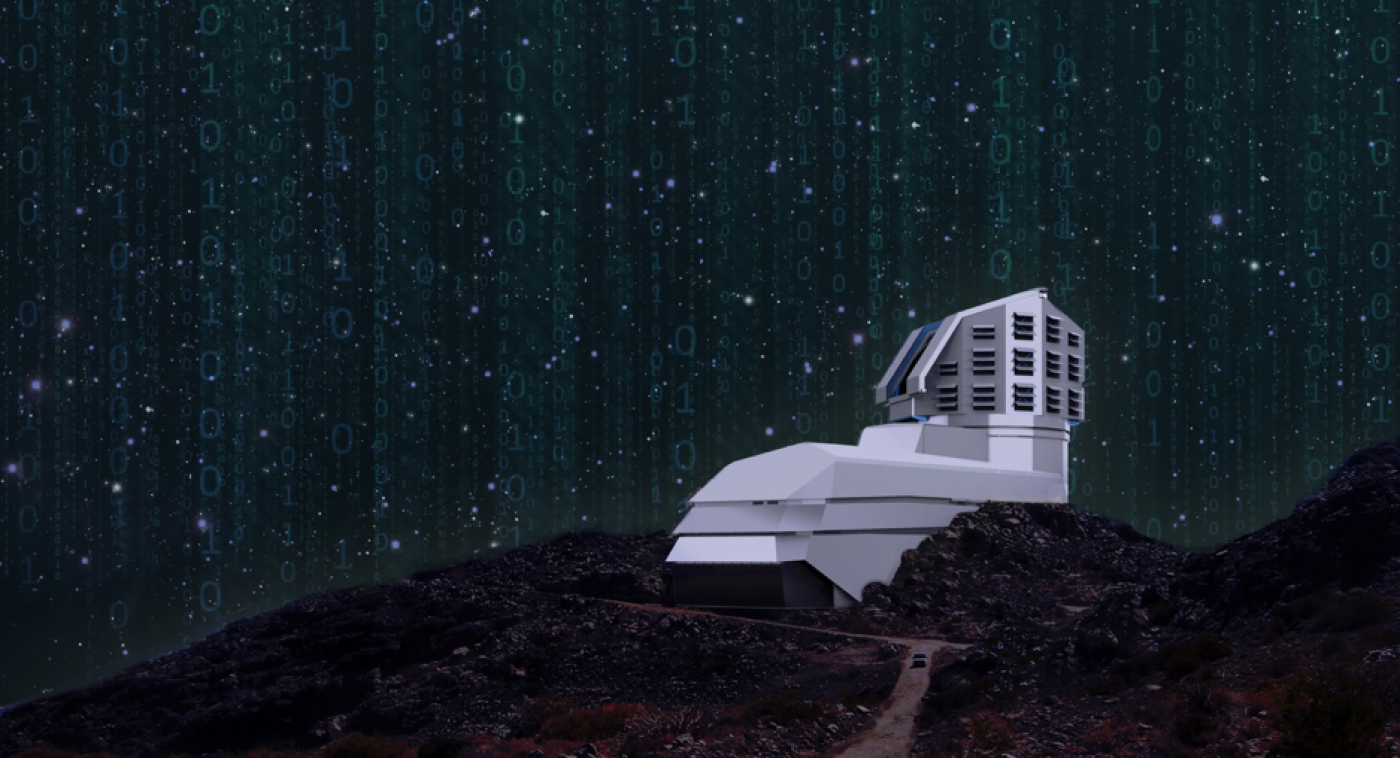Student: Benjamin Stölzner
First supervisors: Benjamin Joachimi (Astro), Andreas Korn (HEP)
Second supervisor: Ofer Lahav (Astro)
Entry year: 2019

The Large Synoptic Survey Telescope (LSST; www.lsst.org) is the cornerstone for the largest and most ambitious galaxy survey ever undertaken, with first light in 2019. It will measure the shapes and brightness of more than a billion faint galaxies over a large fraction of the sky, which will allow us to gain unprecedented insight into the cosmic large-scale structure. The primary probes to explore the deep universe are the spatial patterns in the distribution of galaxies and the gravitational lensing effect. Gravitational lensing of distant galaxies is a powerful tool to map out the properties of the intervening matter distribution, irrespective of whether it is normal, bright matter or the still elusive dark matter. Together with the clustering of galaxies, lensing is therefore a central probe of cosmology with the LSST, which will yield world-leading constraints on the properties of dark matter, dark energy, and the laws of gravity.
Project: The development of methods to extract subtle cosmological signals from the huge amount of data, and the preparations for the imminent arrival of the first LSST images, is an on-going international effort. The student will develop key elements of the lensing and clustering analysis chains as a member of the LSST Dark Energy Science Collaboration and apply them to the first science data produced by the LSST during its commissioning phase from next year.
Funding: “Cosmoparticle” funding from Physics and Astronomy
 Close
Close

